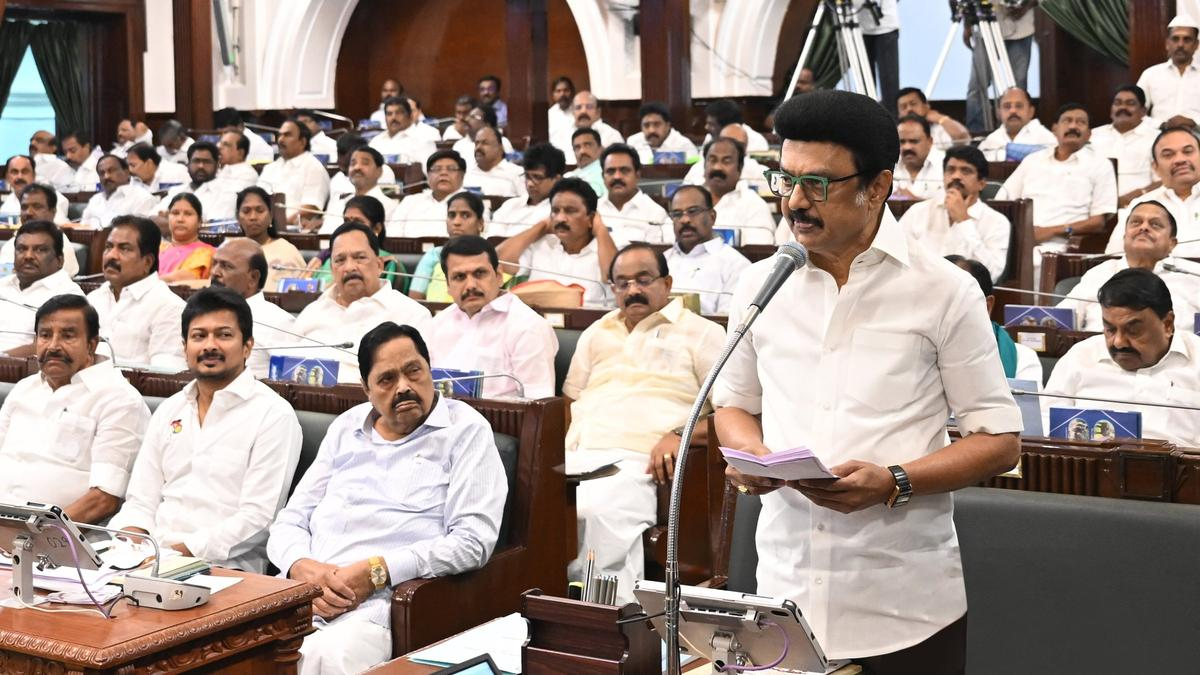





Disclaimer: Copyright infringement is not intended.
Content:
About WIPO Treaty on Intellectual Property, Genetic Resources, and Associated Traditional Knowledge.
Mandatory Disclosure:
Entry into Force:
Significance
Unaddressed Concerns:
|
The Nagoya Protocol on Access to Genetic Resources and the Fair and Equitable Sharing of Benefits Arising from their Utilisation
i. Fair and Equitable Sharing: Ensure the fair and equitable sharing of benefits arising from the utilization of genetic resources, thereby contributing to the conservation and sustainable use of biodiversity. ii.Access to Genetic Resources: Establish a transparent legal framework to facilitate access to genetic resources and associated traditional knowledge.
i.Prior Informed Consent (PIC): Requires users to obtain prior informed consent from the provider country before accessing genetic resources. ii.Mutually Agreed Terms (MAT): Stipulates that access to genetic resources should be based on mutually agreed terms between the provider and the user. iii.Benefit-Sharing: Mandates the sharing of benefits (monetary or non-monetary) arising from the use of genetic resources with the provider country and indigenous communities.
i.Compliance Measures: Obligates parties to ensure compliance with domestic regulations on access and benefit-sharing (ABS) and to support compliance with MAT. ii.National Focal Points (NFPs): Each party must establish a national focal point to facilitate access and provide information on ABS procedures. iii.Competent National Authorities (CNAs): Countries designate competent national authorities to grant access and oversee the implementation of PIC and MAT. |
Conclusion
Source:
|
PRACTICE QUESTION Q. Which of the following statements is/are correct regarding the WIPO Treaty on Intellectual Property, Genetic Resources, and Associated Traditional Knowledge?
Select the correct answer using the code given below: A. 1 and 2 only Answer: B |










© 2025 iasgyan. All right reserved